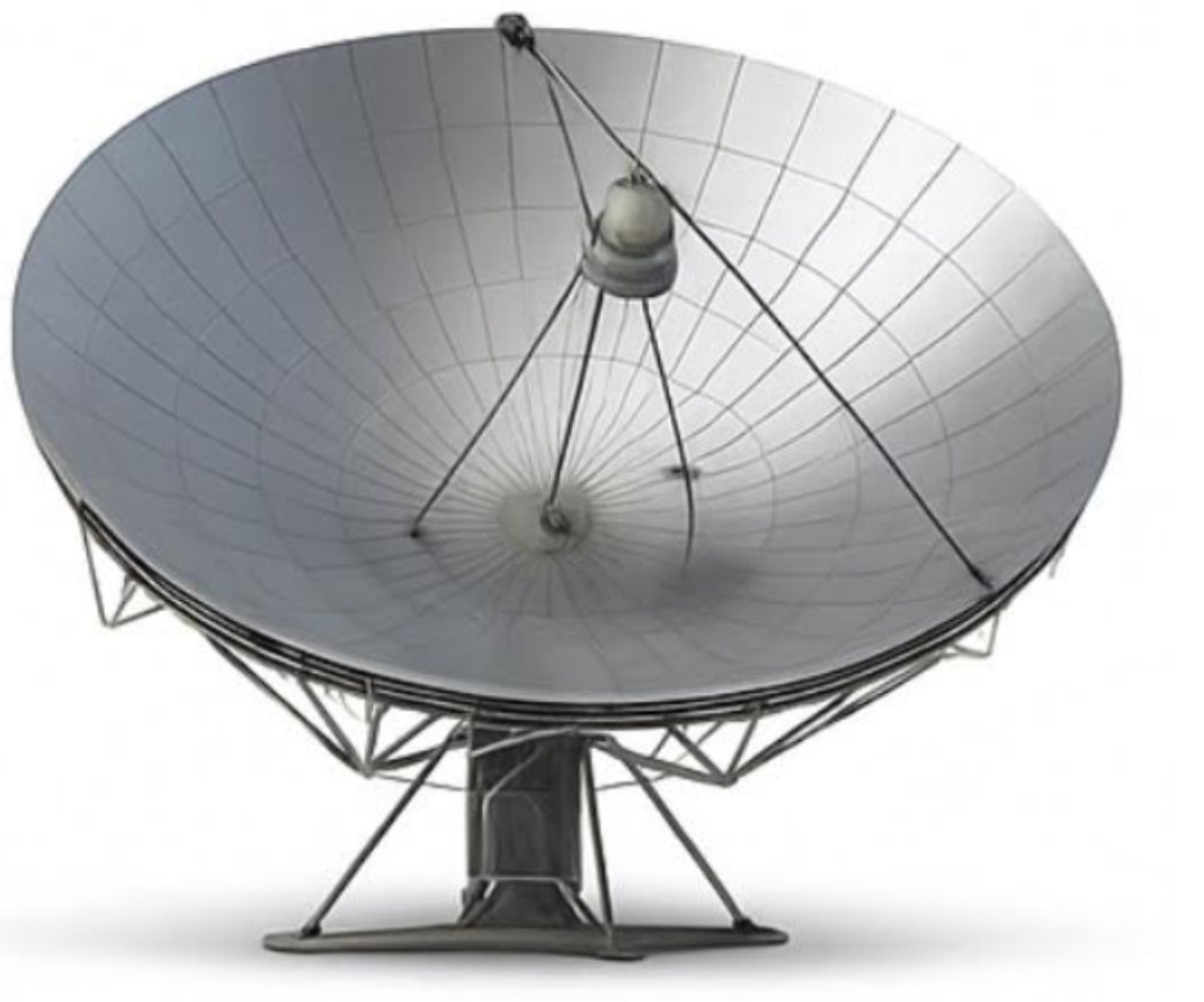
The Limits of Concentrated Solar: When Heat Becomes Power, and When It Fails
Technical Report AvailableTable of Contents1. Executive Summary• Overview of concentrated solar power (CSP) principles• Comparison to photovoltaic (PV) systems• Summary of findings: optimal conditions and major limitations2. Introduction• Historical background and evolution of CSP• Global trends and current deployment statistics• Motivation for this analysis: bridging technical reality and economic viability3. Principles of Concentrated Solar Power• Optical concentration and receiver design• Thermal working fluids: molten salts, CO₂, and organic media• Conversion systems: Rankine, Brayton, and hybrid cycles• Typical temperature ranges and efficiencies4. When Concentrated Solar Works• Regions with high direct normal irradiance (DNI)• Clear sky conditions and dry climates (e.g., Sahara, U.S. Southwest, Australia)• Integration with industrial heat demand (desalination, hydrogen production, ORC systems)• Coupling with thermal energy storage for grid stability• Hybridization with waste heat recovery and gas boosters5. When Concentrated Solar Fails• Low DNI regions (humid, cloudy, or high-latitude zones)• Seasonal variability and day-length limitations• High maintenance and mirror cleaning costs in dusty or humid climates• Thermal losses and parasitic loads during off-sun hours• Economic and scalability challenges compared to PV plus battery systems• Inexpensive solar PV panels6. Case Studies• Success• Failure• Hybrid potential: coupling CSP with Organic Rankine Cycle or sCO₂ systems• The best of both worlds7. Comparative Efficiency and Cost Analysis• Thermal-to-electric conversion efficiency versus PV• Levelized Cost of Electricity (LCOE) comparison• Capital expenditure versus operational complexity• Storage value proposition and dispatchability8. Emerging Technologies and Future Prospects• Supercritical CO₂ turbines and high-efficiency receivers• Graphene-coated sand and molten-salt heat storage• Floating mirrors and modular CSP arrays• Integration into decentralized or microgrid systems9. Conclusions• Summary of where CSP remains competitive• Recommendations for hybrid and niche deployments• Outlook for CSP as part of multi-source renewable systems10. References• Peer-reviewed papers, case studies, and data sources
